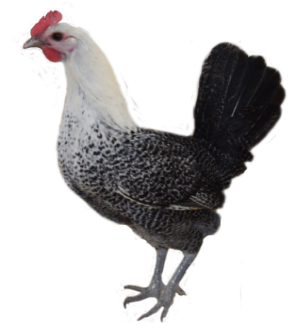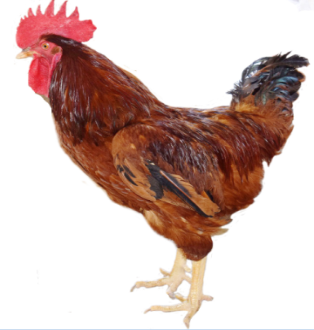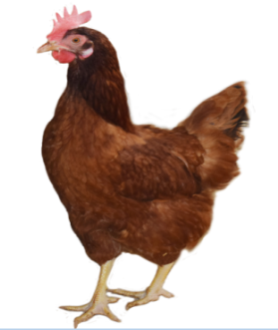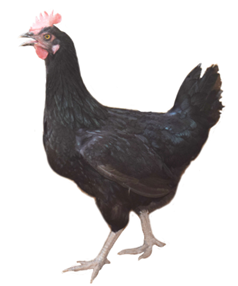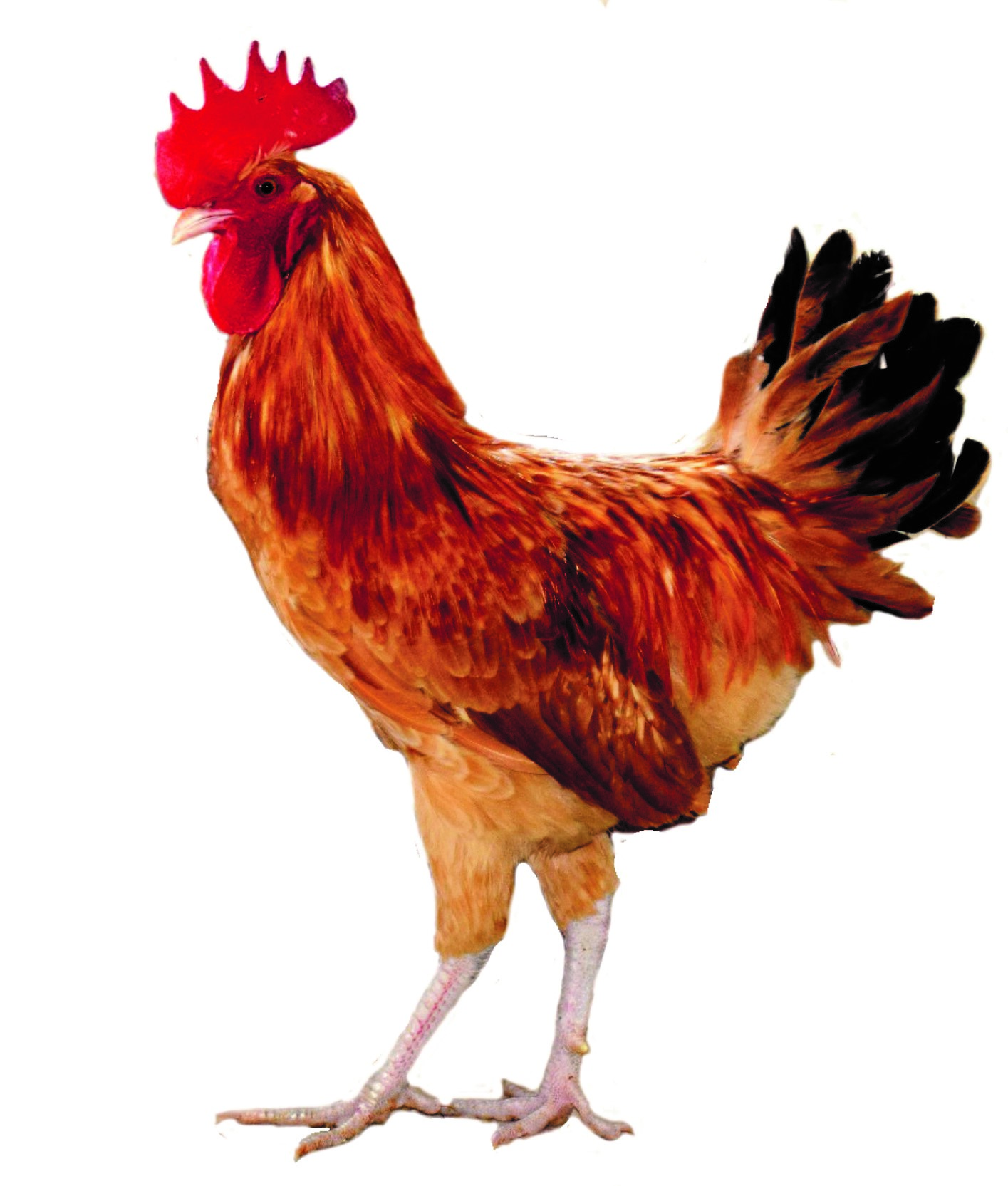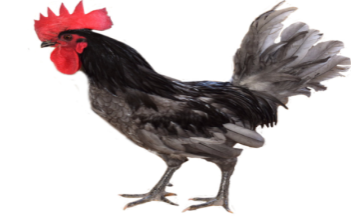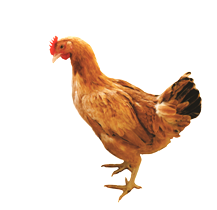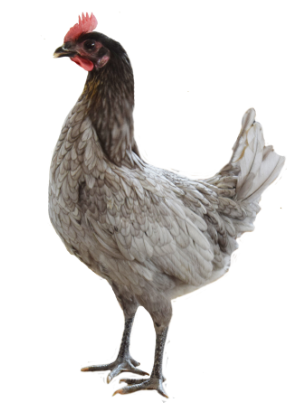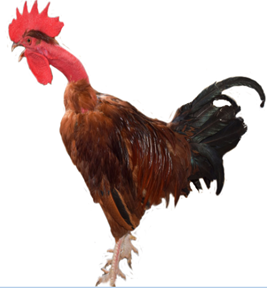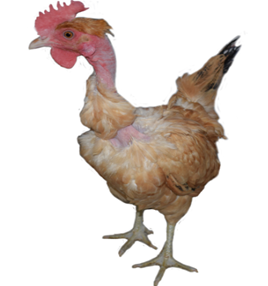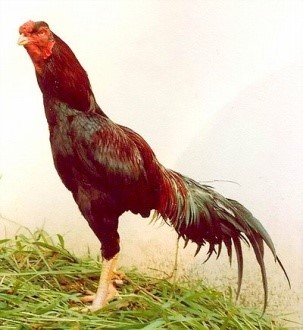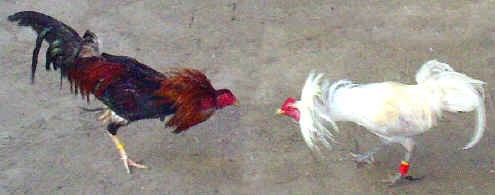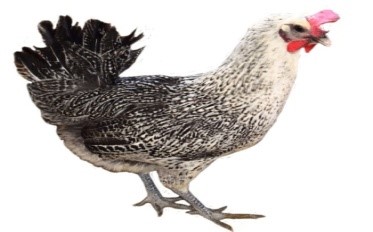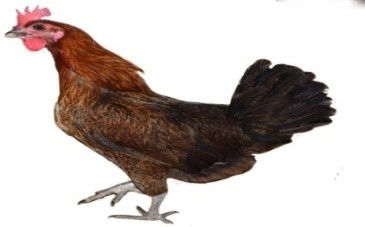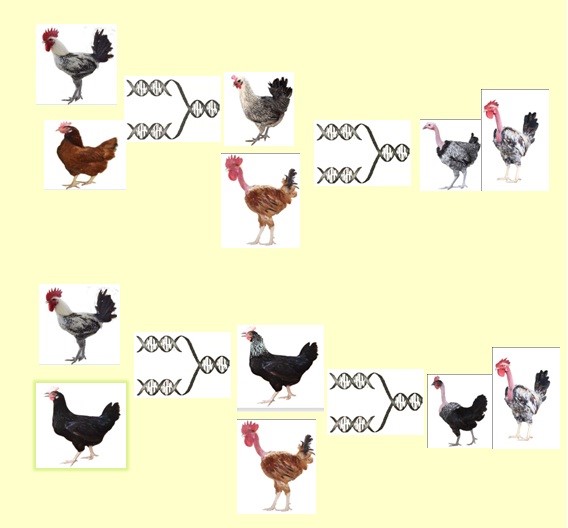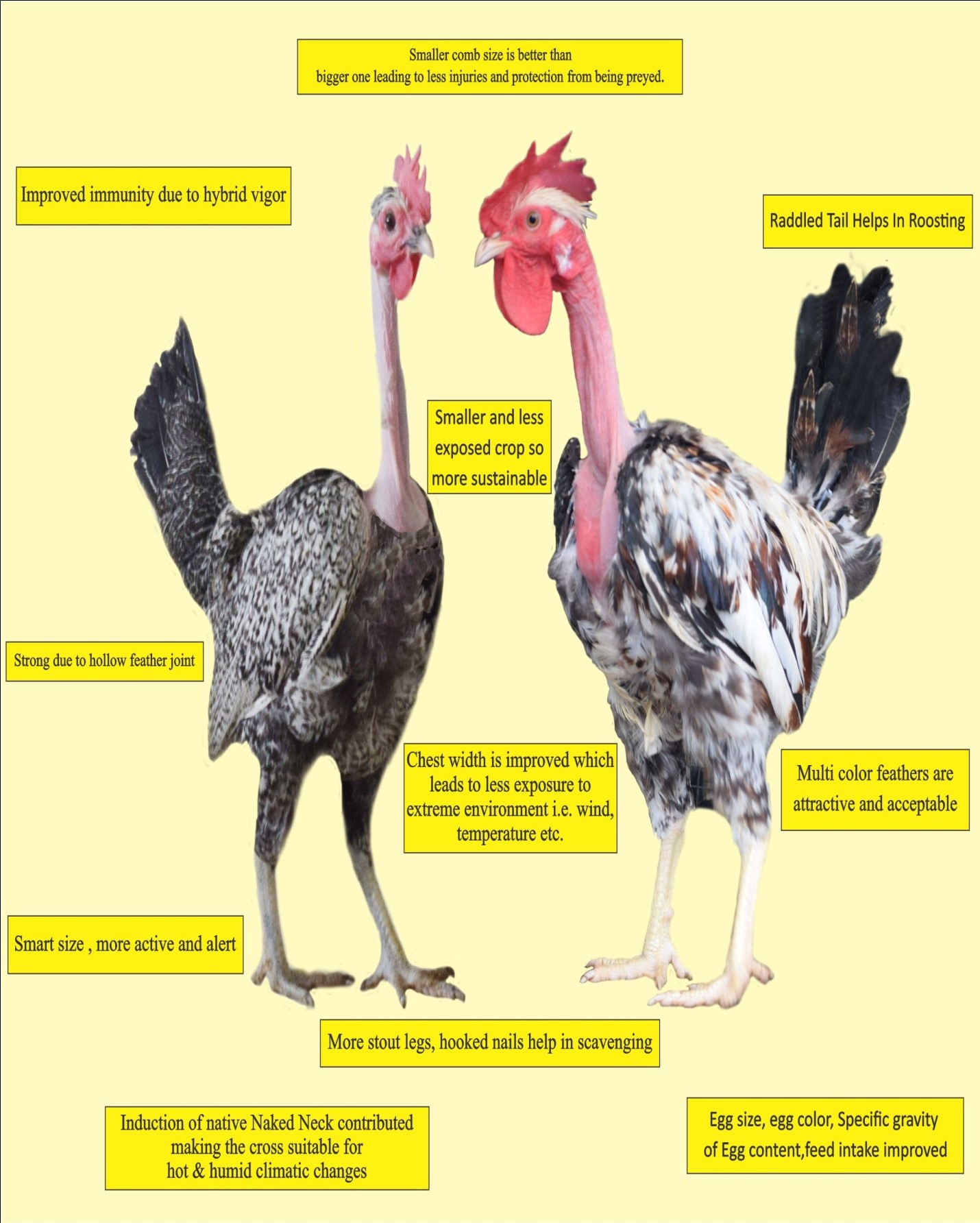Backyad Poultry Development
Punjab Province contributes almost 73% of poultry farming in the country. Besides commercial poultry farming, there has been maintained 40.80 million rural poultry birds in the Province, which are significantly contributing in production of eggs and poultry meat. It is estimated that about 25 percent of the total eggs and 8 percent poultry meat produced in the province are contributed by rural poultry.
Revival and propagation of Rural Poultry is one of the initiatives of Livestock & Dairy Development Department for eco-balancing and availability of cheap source of animal protein in rural and urban areas. In addition poultry keepers are making some earning as well. The department intends immediate propagation of rural poultry with the objective that in addition to the domestic consumption, export of these birds to other provinces and Afghanistan is attracting more demand for which support of public sector for the involvement of private sector is must. This exigency is backed by the activity of CPEC, where the demand of organic eggs is likely to escalate. Besides Punjab Government resolves to provide more protein to the infants and women in rural areas.
Improvement in Rural Poultry Genetic Pool
The backyard rural poultry, which is scavenger by nature, always remained a major source for provision of protein in the form of eggs and meat to the rural people, especially the women and children. Various rural poultry breeds like Fayoumi, Rhode Island Red, Black Australorp, Desi, Naked Neck, Aseel and Crosses of different breeds were developed and propagated in the field.
Characteristics
The characteristics of improved rural birds are given as under:
Fayoumi
- Exotic Egyptian Breed imported in 1978 & 2016
- Scavenging ability, good livability, adaptability
- Smart body & chest, single comb, less feed intake as compared to RIR.
- Light weight (♂ 2kg,♀1.6 kg)
- Age at maturity 129 days
- Average egg production 178eggs but egg size is small
- Average egg weight 45.9g
- Hatchability 78%
Rhode Island Red
- Exotic American Breed imported in 1978 & 2016
- Good scavenger but sensitive to high temperature
- High feed intake as compared to Fayoumi
- Broader chest and large comb size
- Light weight (♂ 3-3.8kg,♀2.5-3.0 kg)
- Age at maturity 136 days
- Average egg production 208 eggs
- Average egg weight 50.8 g
- Hatchability 75.1%
Black Australorp
- Exotic Australian Breed imported in 1978 & 2016
- Black and white color is not liked by rural people
- Light weight (♂ 3-3.5 kg,♀2.5-3.0 kg)
- Age at maturity 134 days
- Average egg production 206 eggs
- Egg color is white which is a disadvantage
- Average egg weight 49.9 g
- Hatchability 79.9 %
Desi Breed
- Native breed, well adapted to local conditions
- Different strains including Light Brown, Desi Black and Desi Silky
- Light weight (♂ 1.6kg,♀1.2kg)
- Average egg production 119 eggs
- Average egg weight 45.4 g
- Hatchability >80 %
Naked Neck
- Native breed, suits well in hot and humid areas
- Good scavenger with immunity against diseases and high ambient temperature
- More stout legs, hooked nails help in scavenging
- Feather joint is hollow and crop size is less than other breeds
- Age at maturity 146 days
- Average egg production 128 eggs
- Average egg weight 42 g
- Hatchability >75 %
Aseel Breed
- Bred for excellent meat producing qualities.
- Ancestors of White Cornish & Plymouth Rock
- Long & strong legs, short & broad breast, straight back
- Long neck with pea comb.
- Expensive birds mostly used in cock fighting.
- Egg production 40-60 eggs per year.
- 05 Varieties i.e. Lakha, Mushki, Mianwali, Sindhi & Peshawari
- Research work at PRI & UVAS to exploit its genetic potential of meat production.
Cross Bred Chickens
Crossbreeding has been a major tool for the development of present day commercial breeds of chickens and could likewise be used to improve the rural chicken. Cross breeding can be carried out as two-way, three-way or four-way crosses, back crosses or rotational crosses. The cross-breeding approach normally involves a two-way cross between an improved exotic and a local breed, with the aim of combining the better production capacity of the former with the later adaptability to harsh environment. This system also maximizes the expression of heterosis, or hybrid vigour, in the cross, normally reflected in improved fitness characteristics. In poultry, reciprocal effects in crosses have been detected for sexual maturity, egg production, egg quality and viability traits.
Along with improvement in egg and meat production, some good phenotypic characteristics were also observed in these crosses.
- The chest width in these birds was reduced as compared to their parents which leads to less exposure to extreme environment i.e. wind, temperature etc.
- Their size was smaller than pure RIR and Australorp which help them in protecting themselves from predators.
- Same was the case with comb size as smaller comb size is better than bigger one leading to less injuries and protection from being preyed.
- The crosses of Naked Neck with other breeds have been recently introduced in the breeding plan and their performance is being recorded.

